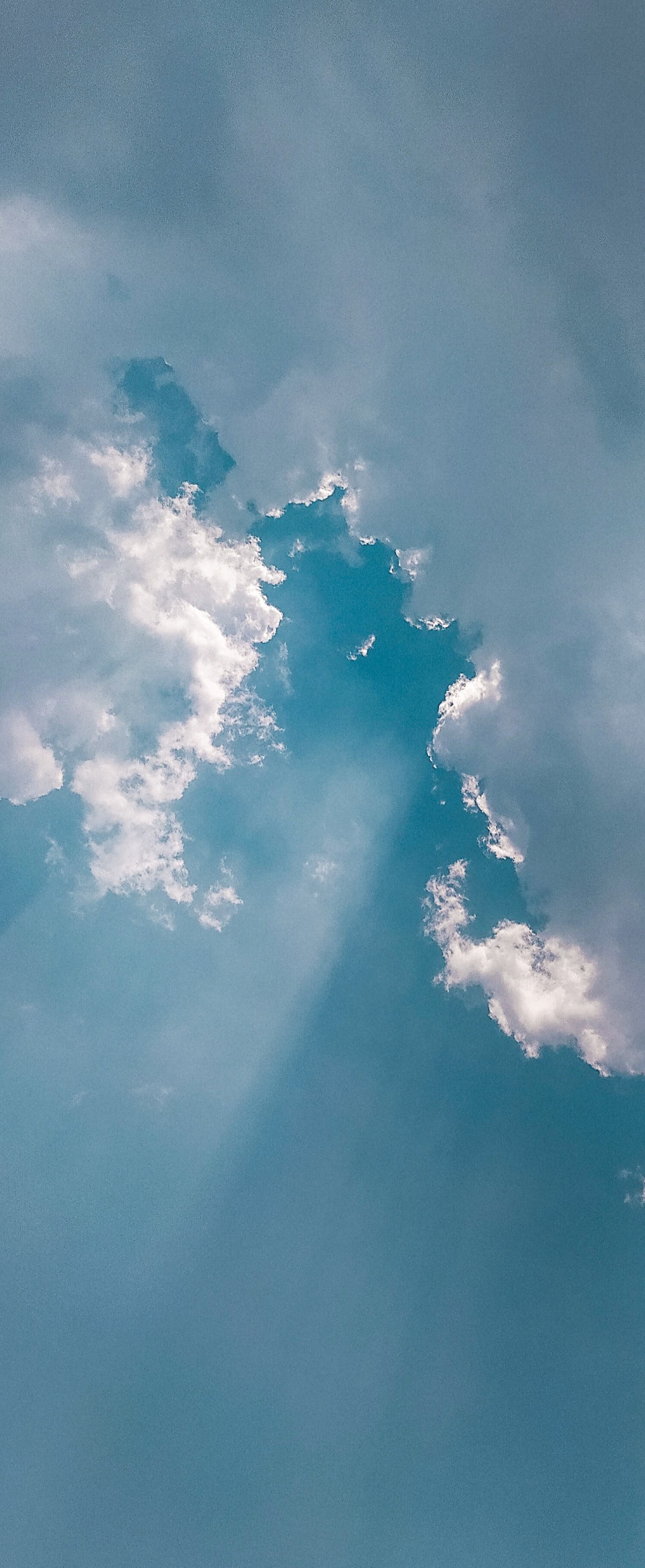We all know that adventures are ten times better with your pup at your side. Don’t let the distance or hassle stop you from climbing mountains, jumping in lakes, and watching the sunset with your four-legged friends. With a little know-how, traveling with dogs can be made a whole lot easier. Here are some simple tips for taking your pup along on your next adventure.
Saturday, Sept 23 | 10:00-11:00 AM PST
Tennessee Valley Trailhead
Price: FREE | Difficulty: Beginner
]]>
 Description
Description
Join us for a rejuvenating Wildlife Hike on September 23rd, where nature meets the trail. Embark on a one-hour adventure from the scenic Tennessee Valley Trailhead in San Francisco, absorbing the tranquil beauty of the wilderness around you. Starting at 10AM, this intimate experience is designed for a group of just 15 people. Not only will you be soaking in the harmony of the outdoors, but every participant will also receive a campismomexico goodie bag worth $50. Priced at just $10, this hike offers an invaluable journey into the wonders of nature complemented with delightful goodies. We can't wait to see you on the trail!
Capacity
15 Adventurers | Limited spots available so RSVP soon!
Details
$10 RSVP
Experience includes: campismomexico goodie bag worth $50
Start time: 10AM EST
Duration: Approximately 1-Hour
Location
Tennessee Valley Trailhead
591 Tennessee Valley Road Mill Valley, CA 94941
Event FAQ
| What should I wear? | Opt for your go-to active wear and either hiking boots or solid walking shoes for this adventure. Since the area tends to be sunny, don't forget to bring along a hat with a brim and a pair of sunglasses for added protection! |
| What should I bring? | For an enjoyable experience at our event, we encourage all attendees to come prepared with essentials like water for hydration, a snack for sustained energy, and sunscreen to protect against the sun's rays. |
|
What's the parking situation? |
There is trailhead parking at the Tennessee Valley Trailhead, including three accessible parking spots. |
| Are dogs allowed to come? | As much as we love our pups, this trail is unfortunately a NO DOG trail. |
| What happens if I show up late? | In the event of late arrival, we encourage participants to join us along the route. However, please note that it might be challenging to locate the group once the event has commenced. We strongly advise adhering to the event schedule for the best experience. |
]]>











































